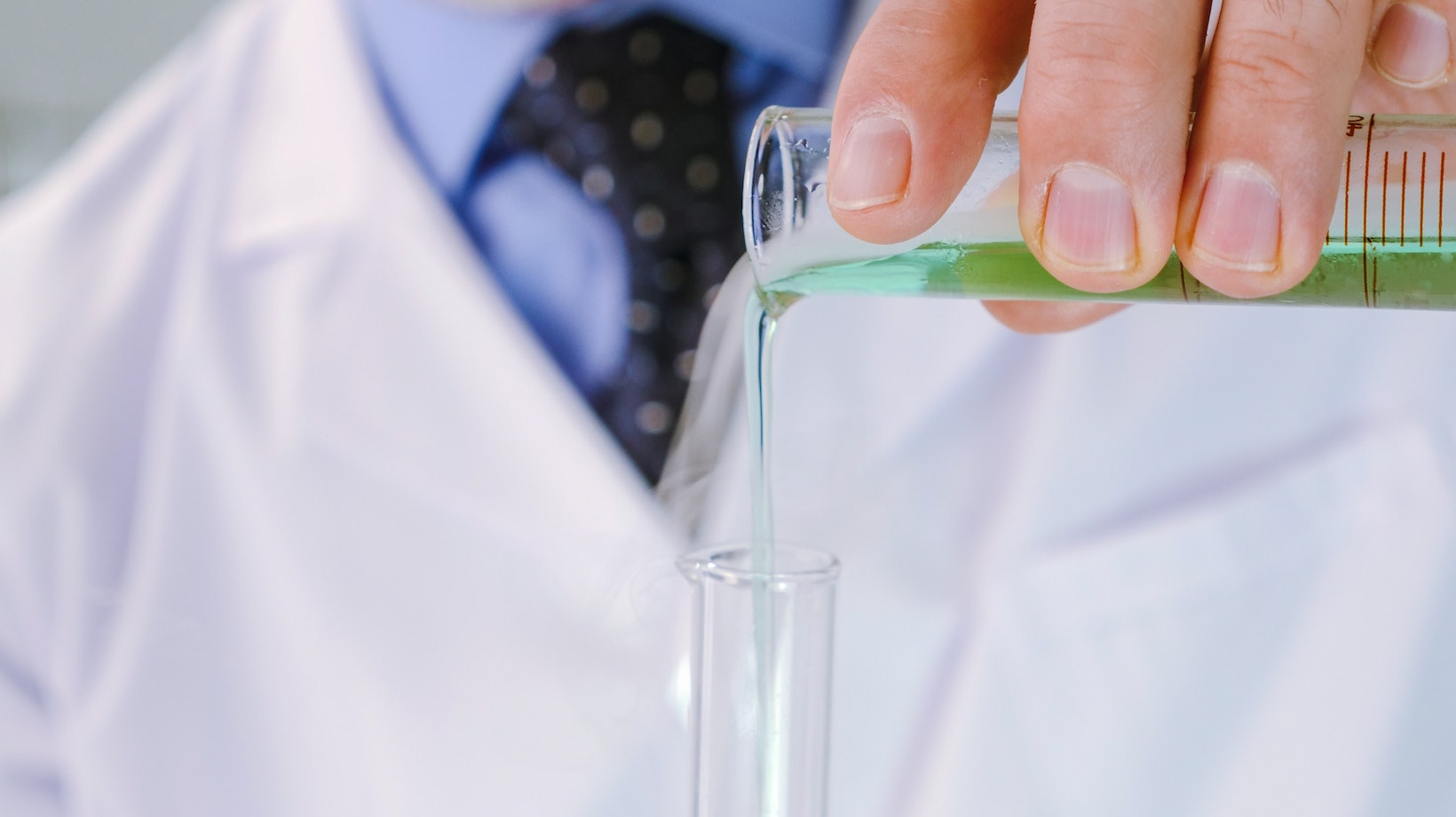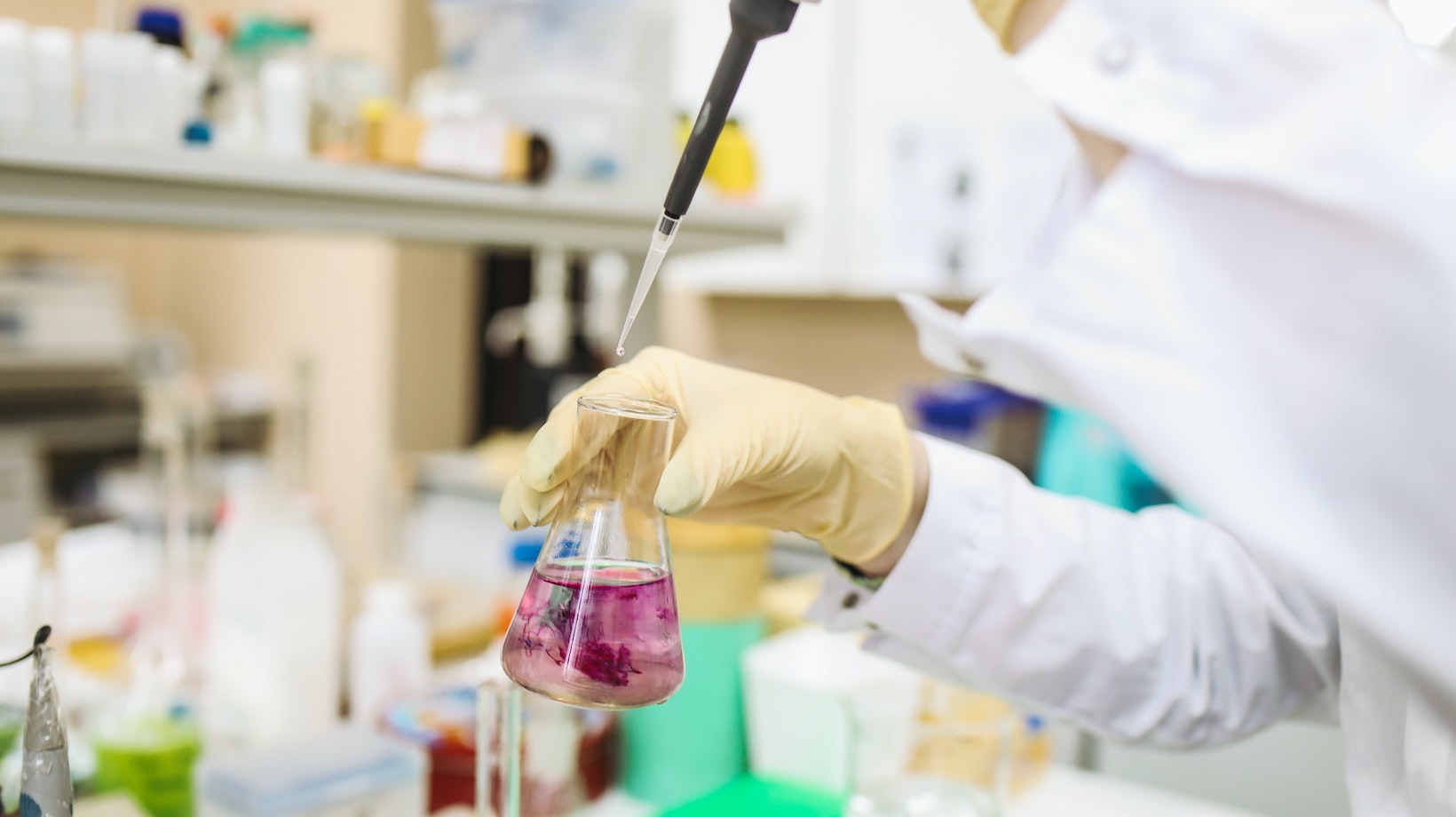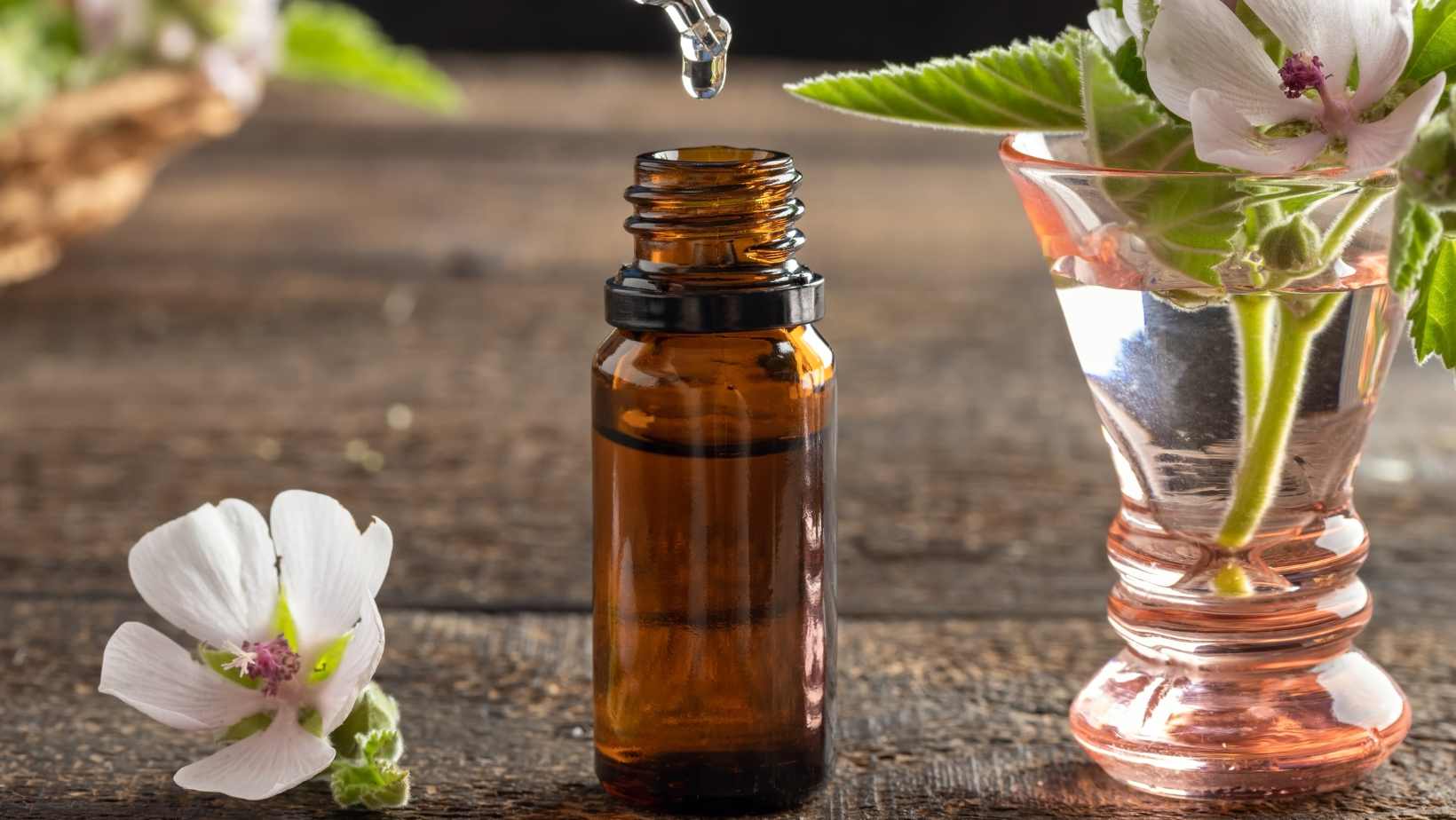Tips For Precise Measurement: How Many Drops in a 5 ml Bottle

Understanding Conversion Rates in Liquid Measurements
To determine how many drops are typically found in a 5 ml bottle, we need to understand conversion rates in liquid measurements. Drops per milliliter can vary based on several factors such as viscosity and surface tension. However, as an approximation, there are usually around 20 drops per milliliter.
Therefore, if we apply this approximation to a 5 ml bottle, we can estimate that it would contain approximately 100 drops (since 5 ml multiplied by 20 equals 100). However, please keep in mind that this is just an average estimation and individual results may vary slightly.
It’s worth mentioning that drop sizes aren’t standardized across all liquids or brands. Certain substances may have heavier or lighter drops, which can affect the overall number of drops in a bottle. Additionally, personal techniques and habits when using the dropper can also impact drop size.
In conclusion, understanding the factors affecting dropper size and having a basic grasp of conversion rates in liquid measurements can help us estimate the number of drops in a 5 ml bottle. However, it’s important to consider that these numbers are approximate and may vary depending on various factors.

How Many Drops in a 5 ml Bottle
When it comes to determining the volume of a single drop, there are several factors to consider. Drops can vary in size depending on the liquid being dispensed and the method used. However, for our purposes, we’ll focus on determining the volume of a single drop in a 5 ml bottle.
The volume of a single drop is influenced by various factors such as viscosity, surface tension, and temperature. Viscosity refers to how thick or thin a liquid is, while surface tension relates to the cohesive forces between molecules at its surface. Both these properties contribute to how drops form and fall from a dropper.
To visualize this concept, imagine pouring water from a faucet. The speed at which you open or close the tap affects the size of each water droplet that falls into your hand or container. Similarly, when using a dropper bottle, factors like how hard you squeeze or release pressure can impact drop size.
While it’s challenging to provide an exact measurement for every type of liquid and dropper system out there, understanding these underlying principles can guide us in estimating the volume of a single drop.
First off, let’s clarify that the exact number can vary based on the size of the dropper opening and fluid viscosity. However, a general rule of thumb is that one milliliter (ml) equals around 20 drops. To break it down:
- 1 ml = approximately 20 drops
- 5 ml = approximately 100 drops
But remember, these numbers aren’t set in stone; they’re just averages. The actual count could be slightly more or less depending on your specific bottle and liquid.
Let’s look at some real-life examples. If you have a standard over-the-counter eye drop solution which typically has smaller droplets, you might get around 25-30 drops per milliliter. On the flip side, if you’re dealing with thicker liquids like essential oils dispensed using larger droppers, it could be as few as 15-18 drops per milliliter.
In summary, determining the exact volume of a single drop in a 5 ml bottle can be challenging due to various factors at play. Nevertheless, by understanding how viscosity, surface tension, and other variables influence drop formation and employing methods like direct observation or statistical sampling, we can gain insights into estimating their volumes more accurately.



